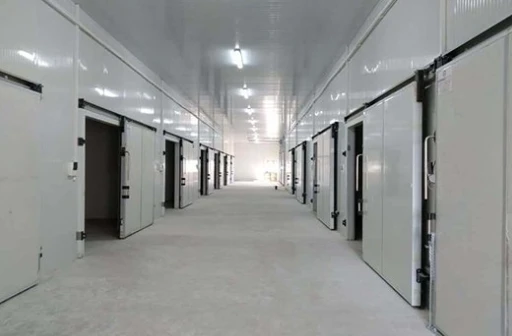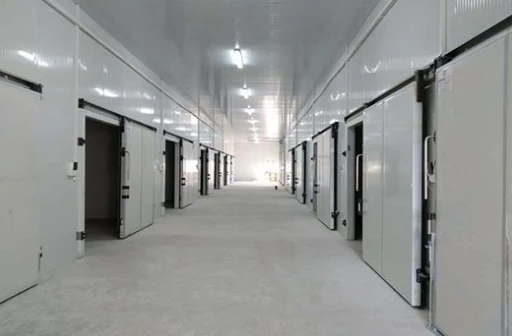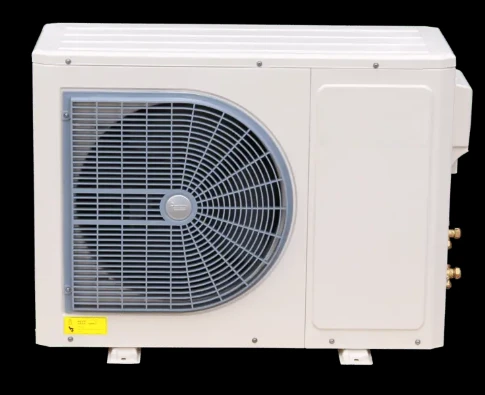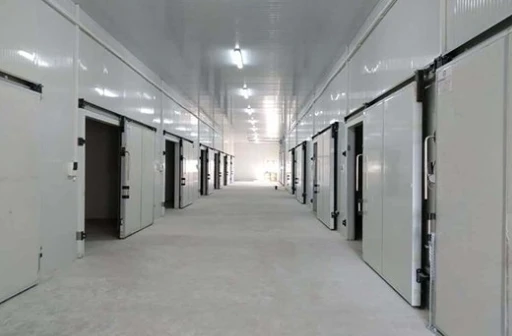Cool Room Cost
Cool rooms, also known as cold rooms, are essential for businesses in various industries such as food storage, pharmaceuticals, and hospitality. These specialized refrigerated spaces provide controlled temperatures to preserve perishable items, ensuring their freshness and quality. In this comprehensive guide, we will delve into the various aspects of cool rooms, including their costs, benefits, design considerations, and maintenance requirements.
First and foremost, let's discuss the cost factors associated with cool rooms. The cost of installing a cool room can vary significantly depending on several factors such as size, insulation quality, refrigeration system, and additional features. Generally, larger cool rooms with higher insulation levels and advanced refrigeration systems will incur higher costs. Additionally, factors such as installation complexity, location, and any customization requirements will also impact the overall cost. It's essential for businesses to carefully assess their needs and budget constraints before investing in a cool room to ensure optimal value for money.
Despite the initial investment, cool rooms offer numerous benefits to businesses. One of the primary advantages is the ability to extend the shelf life of perishable goods, reducing food waste and ensuring product quality. This is particularly crucial for industries such as restaurants, supermarkets, and pharmaceutical companies, where maintaining product freshness is paramount. Cool rooms also provide a hygienic and controlled environment, minimizing the risk of bacterial growth and contamination. Moreover, they offer efficient storage solutions, maximizing space utilization and organizational efficiency.
When designing a cool room, several key considerations must be taken into account to ensure optimal performance and functionality. Firstly, the size of the cool room should be determined based on the volume of goods to be stored and available space constraints. Proper insulation is also critical to prevent temperature fluctuations and minimize energy consumption. High-quality insulation materials such as polyurethane foam or expanded polystyrene are commonly used to achieve optimal thermal efficiency. Additionally, selecting the right refrigeration system, such as compressor-based or evaporative cooling, is crucial to maintain the desired temperature levels consistently.
Regular maintenance is essential to ensure the longevity and efficiency of cool rooms. This includes routine inspection of insulation, door seals, and refrigeration components to identify any potential issues early on. Cleaning and sanitizing the interior regularly help prevent mold and bacterial growth, ensuring hygienic storage conditions. It's also important to monitor temperature and humidity levels closely and calibrate the refrigeration system as needed to maintain optimal conditions.
In summary, cool rooms play a vital role in various industries by providing efficient and reliable storage solutions for perishable goods. While the initial cost of installation may be significant, the benefits in terms of product quality, storage efficiency, and waste reduction justify the investment. By carefully considering factors such as size, insulation, and maintenance requirements, businesses can optimize the performance and longevity of their cool rooms, ultimately enhancing their operational capabilities and profitability.






